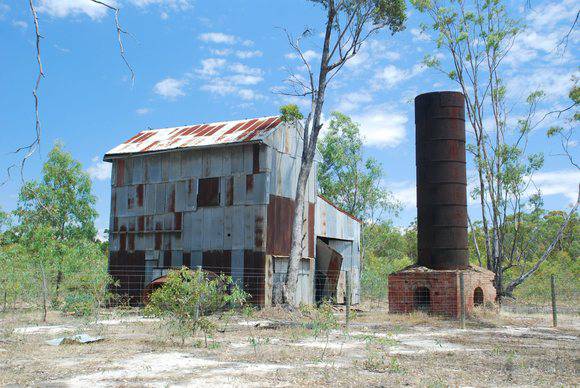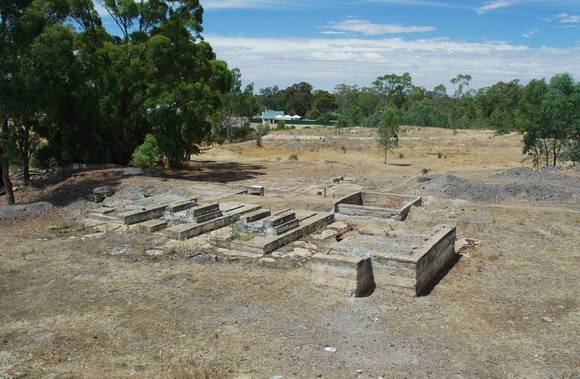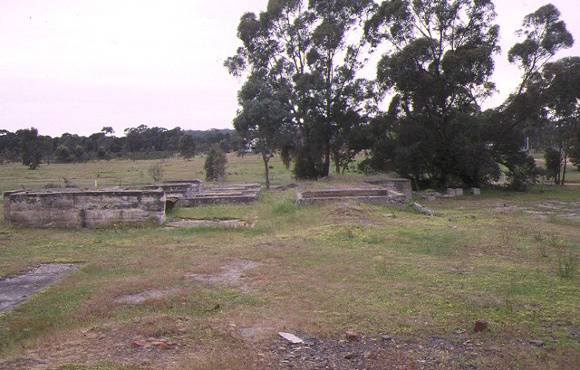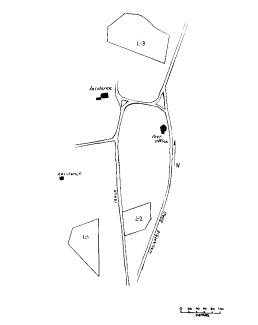| Back to search results » | Back to search page » |
|
COSTERFIELD GOLD AND ANTIMONY MINING PRECINCT
Other NamesMINERVA MINE SITE , BOMBAY MINE SITE , COSTERFIELD MINE SITE LocationHEATHCOTE-NAGAMBIE ROAD COSTERFIELD AND COSTERFIELD RESERVOIR ROAD AND COSTERFIELD-REDCASTLE ROAD COSTERFIELD, GREATER BENDIGO CITY
File Number502109LevelRegistered |
|
Statement of Significance
The Costerfield Gold and Antimony Mining Precinct consists of three
sites (Bombay Mine, Minerva Mine and Costerfield Main shaft. The
precinct has a range of concrete, brick and timber foundations and
mining earthworks that are remnants of ore extraction and processing
operations from the 1890s to the 1940s. The Costerfield sites have a
unique history among other Victorian gold mines. Although rich in
gold, Costerfield ore became renowned for its antimony content. On
three different occasions, 1861-83, 1905-22 and 1935-51 the complex
ore was mined with great success. Costerfield was also historically
important during the First World War when it was a major supplier of
antimony to the British Government, the metal being vital for the
manufacture of munitions. The Costerfield Gold and Antimony Mining Precinct is of historical,
archaeological and scientific importance to the State of Victoria. The Costerfield Gold and Antimony Mining Precinct is historically and
scientifically important for the mining of gold and antimony. The
Costerfield ore is famous for its complexity and the role it played
the development of ore processing technology in Victoria. The precinct
is important for containing evidence of some of these technological
developments. Some of the mining relics on the site, such as the
foundations of the Chilean Mill, are extremely rare in Victoria. The Costerfield Gold and Antimony Mining Precinct is archaeologically
important for its potential to yield artefacts and evidence which will
be able to provide significant information about the technological
history of gold mining.
Group
Mining and Mineral Processing
Category
Battery/Crusher







